Ouuh, there are some many different “levels” BIM experts are talking about: Level of Detail, Level of development.
Today I came across another one from the UK: “Levels of BIM maturity”. (For the article click here)
There are four levels available; level 0 to 3. Below please find my interpretation of these 4 levels for elevator companies:
Level 0:
This is the level several elevator companies are still living in: Delivering 2D elevator drawings to their clients, paper-based or as an electronic document.
Level 1:
The elevator data is shared in 3D to the client. Btw, the data is loaded by the client into the building model to evaluate wrong sizes, interpherences, etc.
Level 2:
Construction sequencing (4D) and cost information (5D) may be added to the model.
Level 3:
In this process the 3D/4D and 5D elevator data are installed into the digital building model using web services. Also lifecylce management information (6D) is automatically added.
Level 3 is still far away from realization, but first tools are already going that way.
With DigiPara Elevatorarchitect, architects can install a “Complete-elevator 3D BIM model” (see image on the right side). An LOD 300 elevator model is calculated on the elevator manufacturers server and installed into the 3D building model. The “Request a quote” functionality shows the right direction for getting cost information (5D) on the fly.
Thank you to Nick Orr, Director at JohnsonBIM guiding me to this initial article: Click here for “BIM levels explained”.
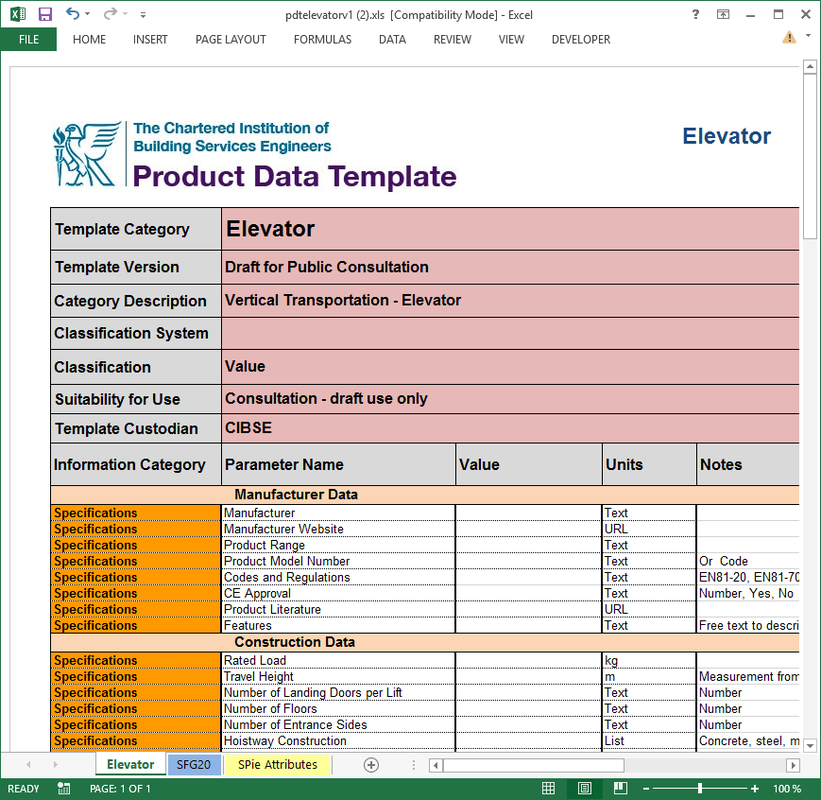

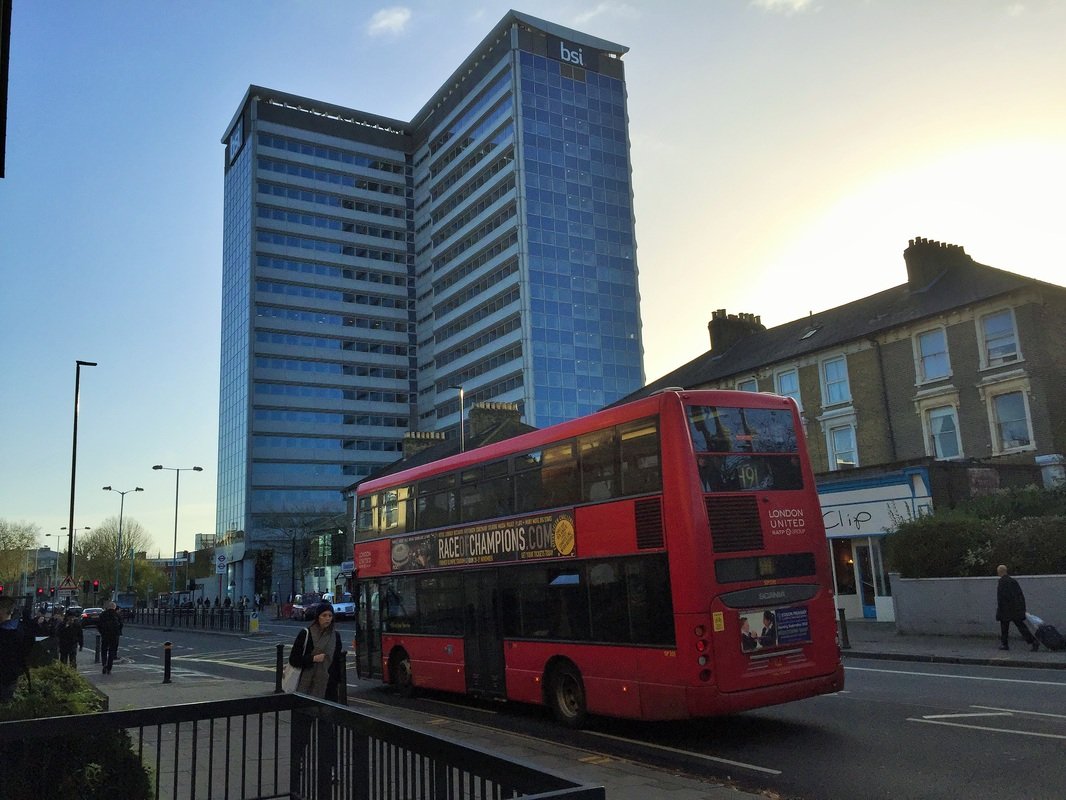
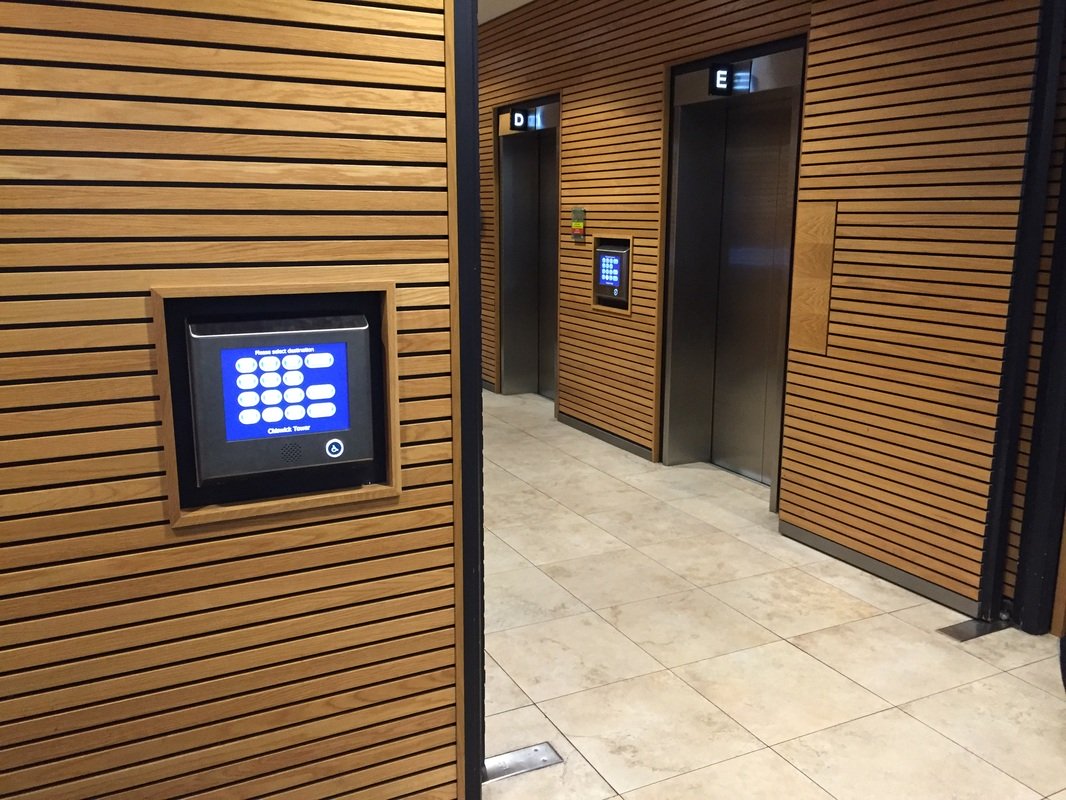
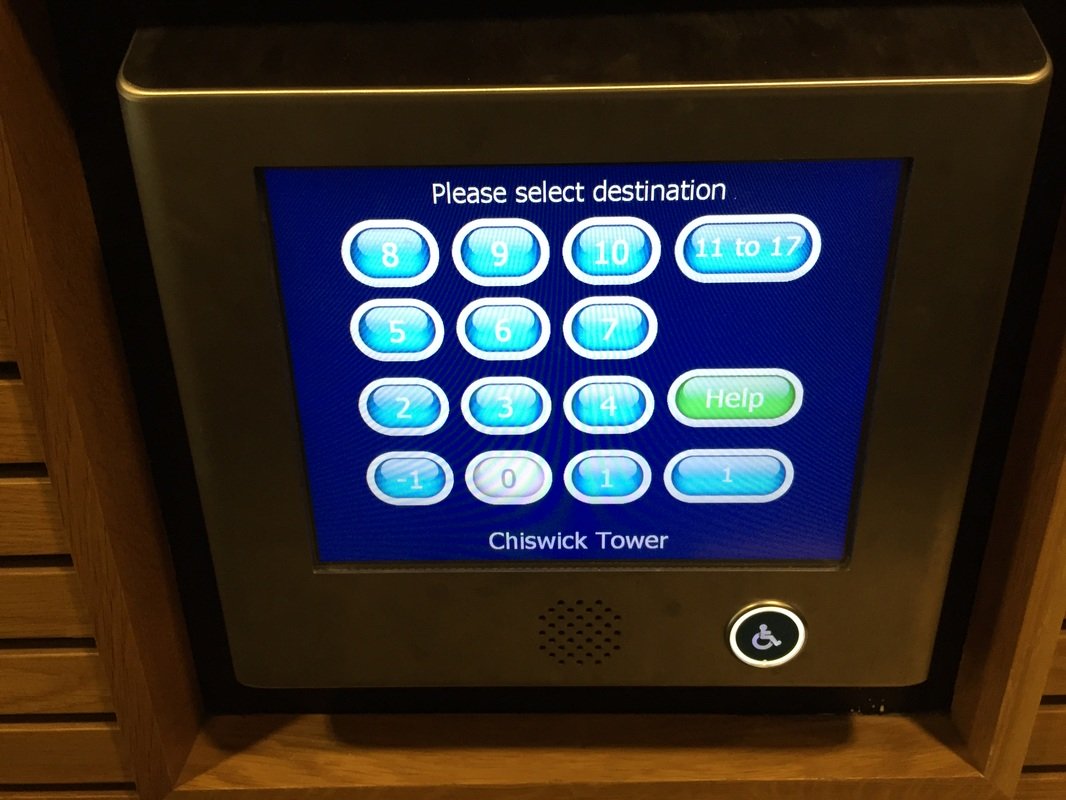
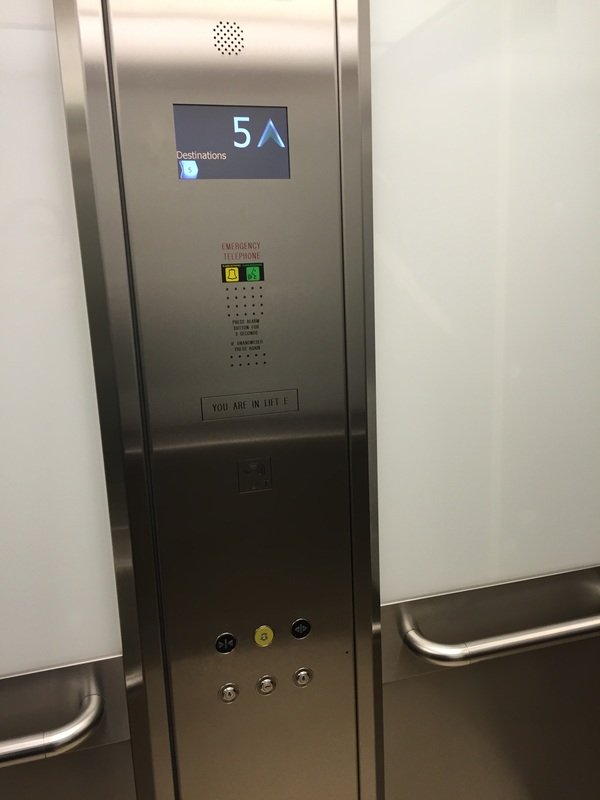

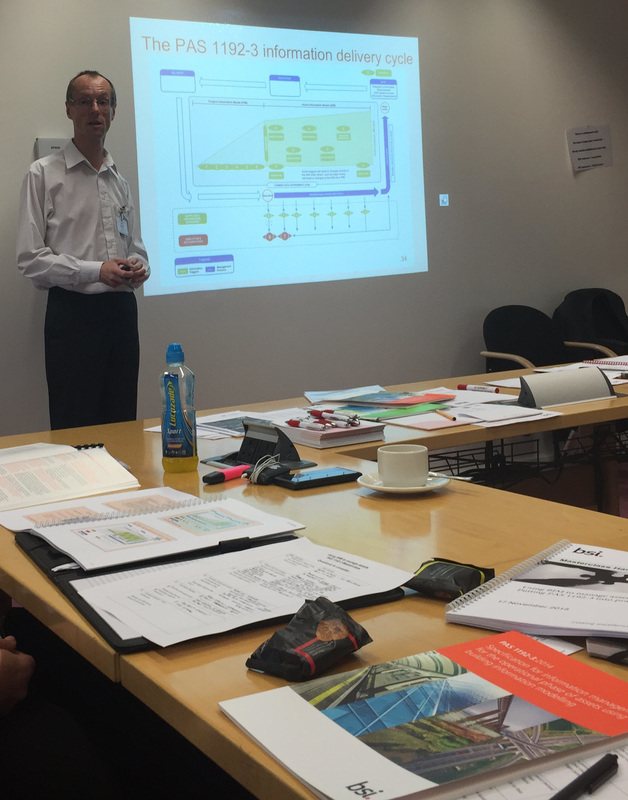
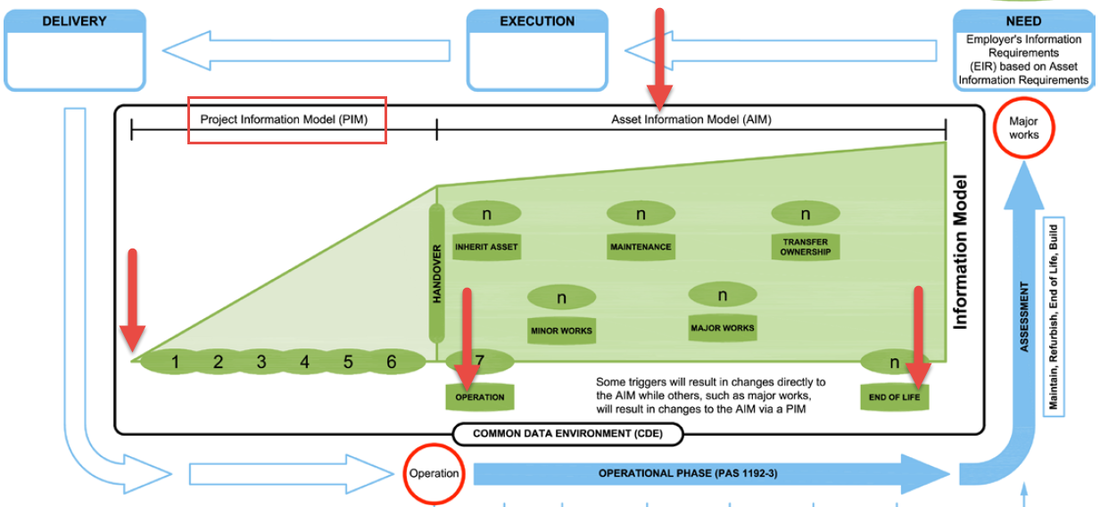

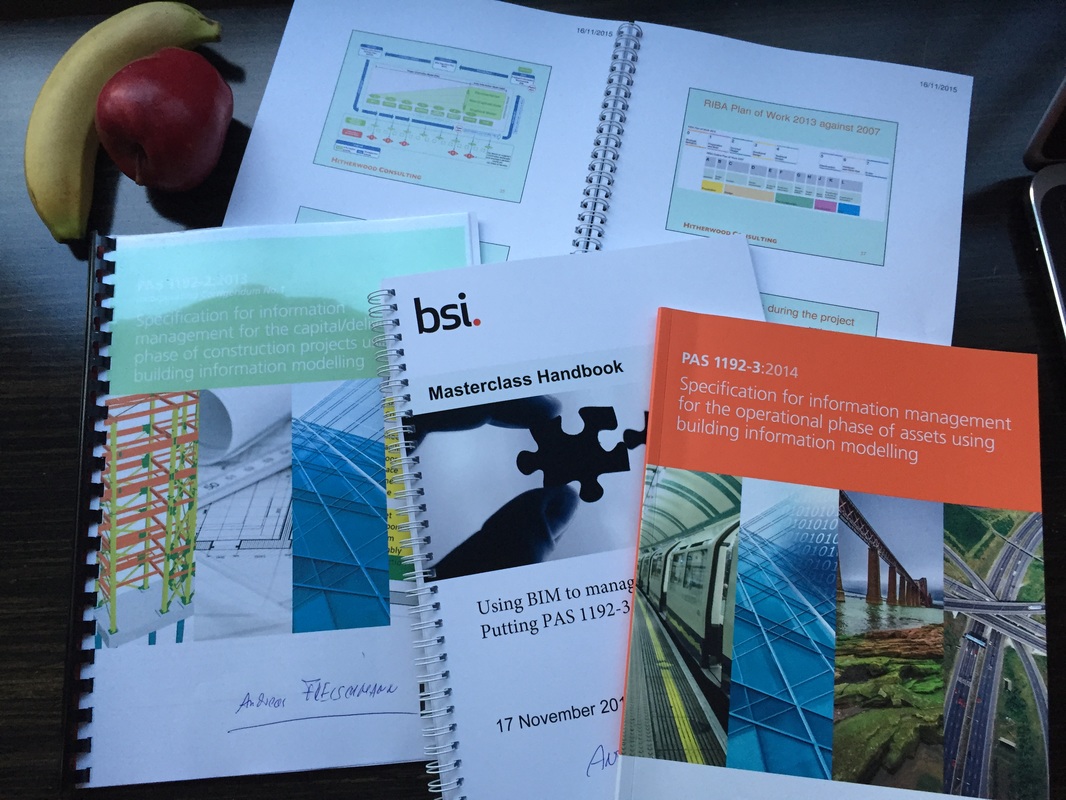
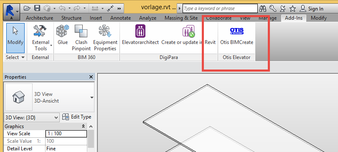
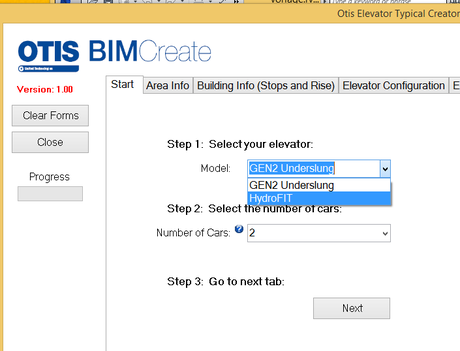
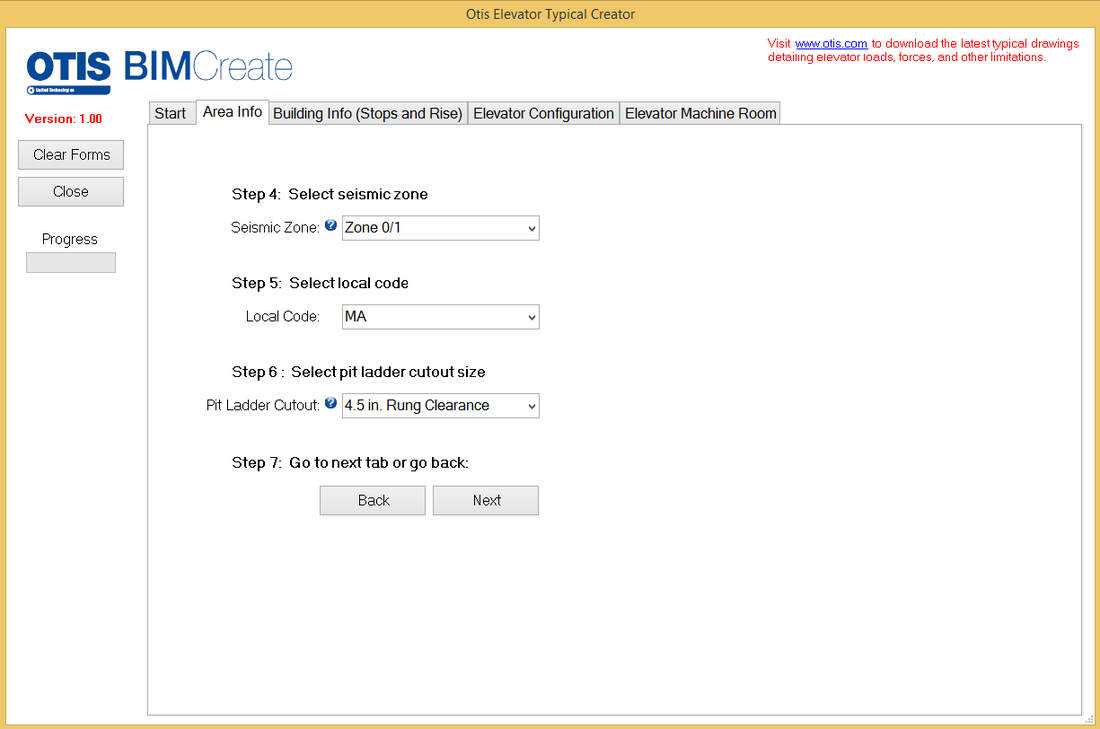
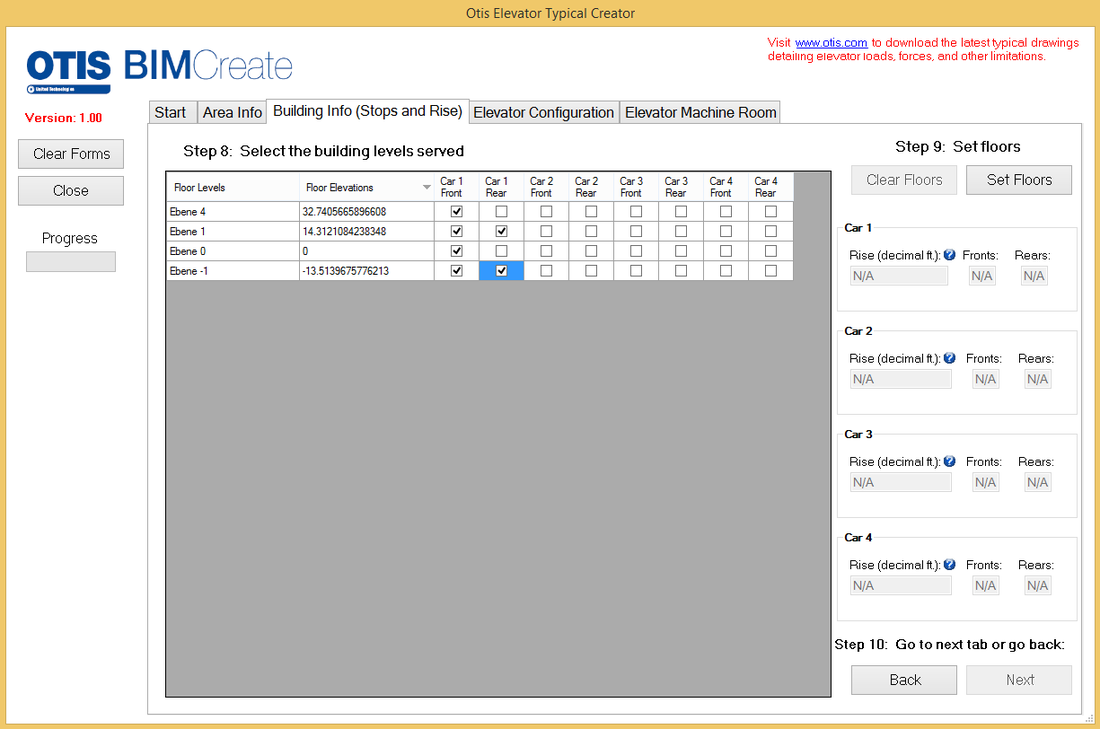
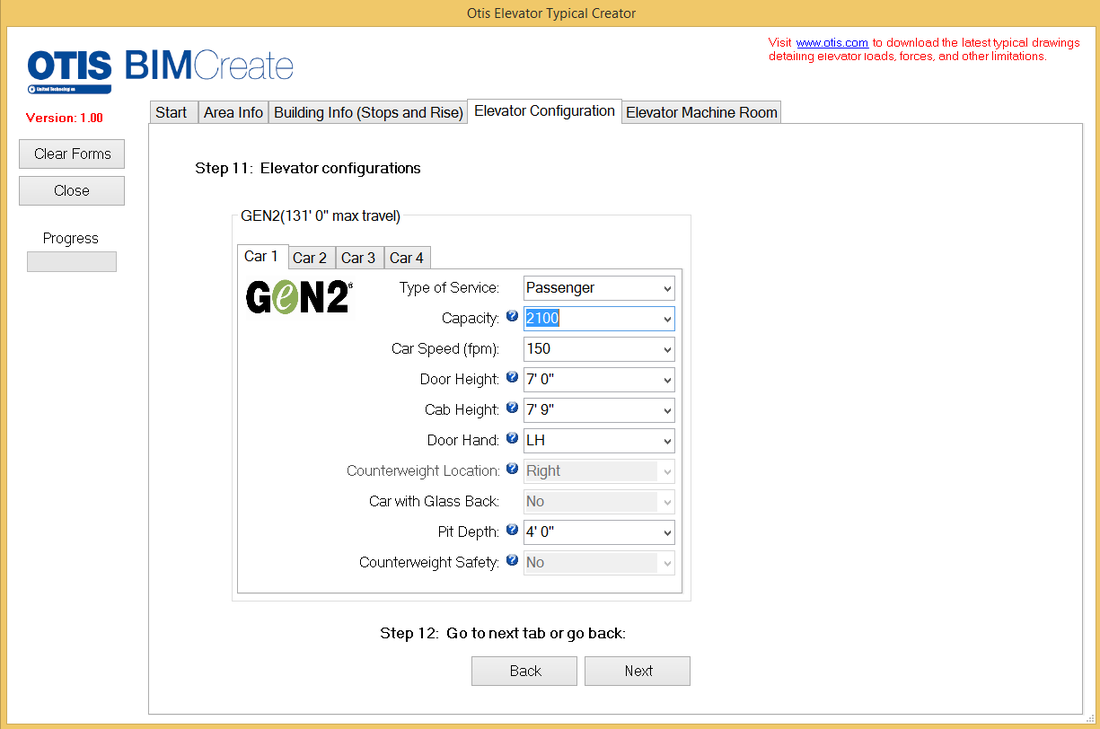
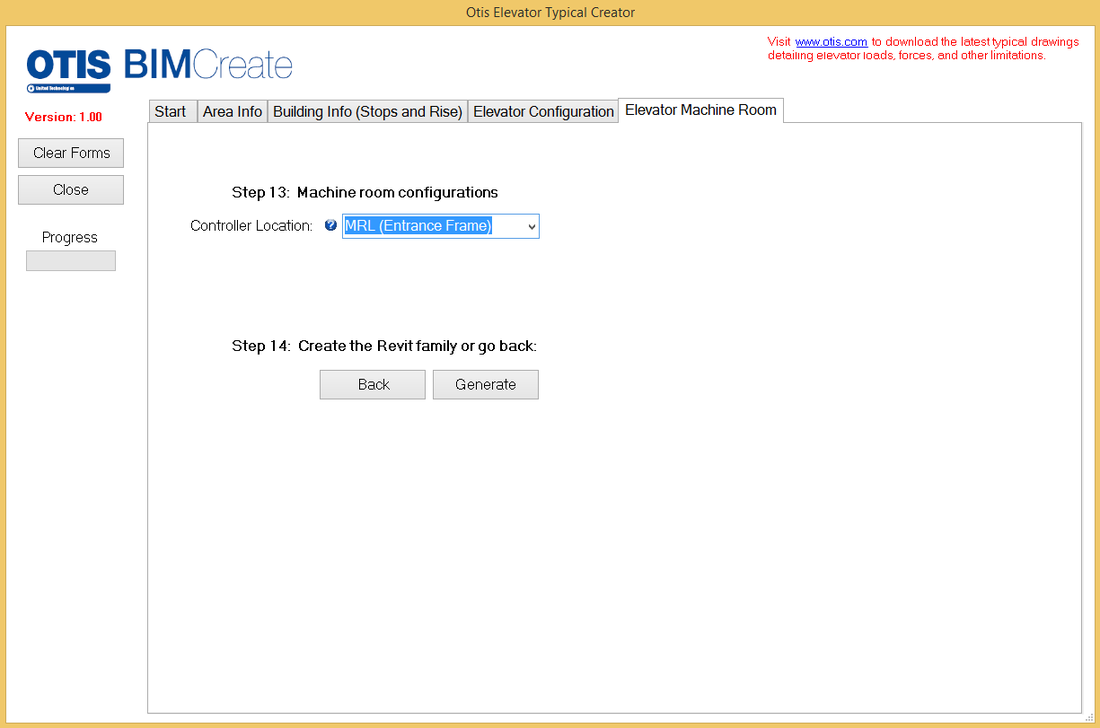
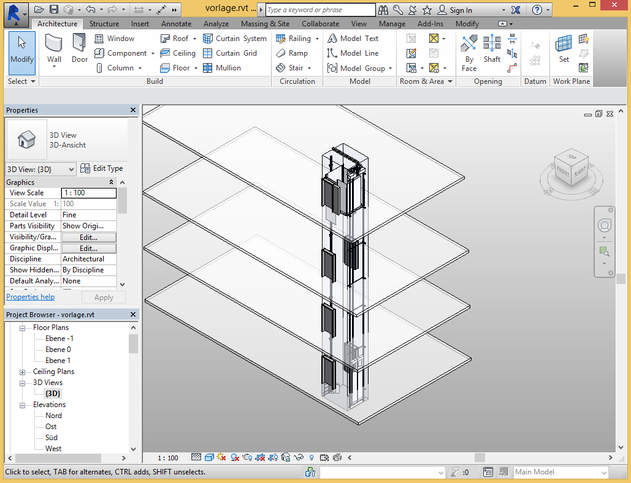
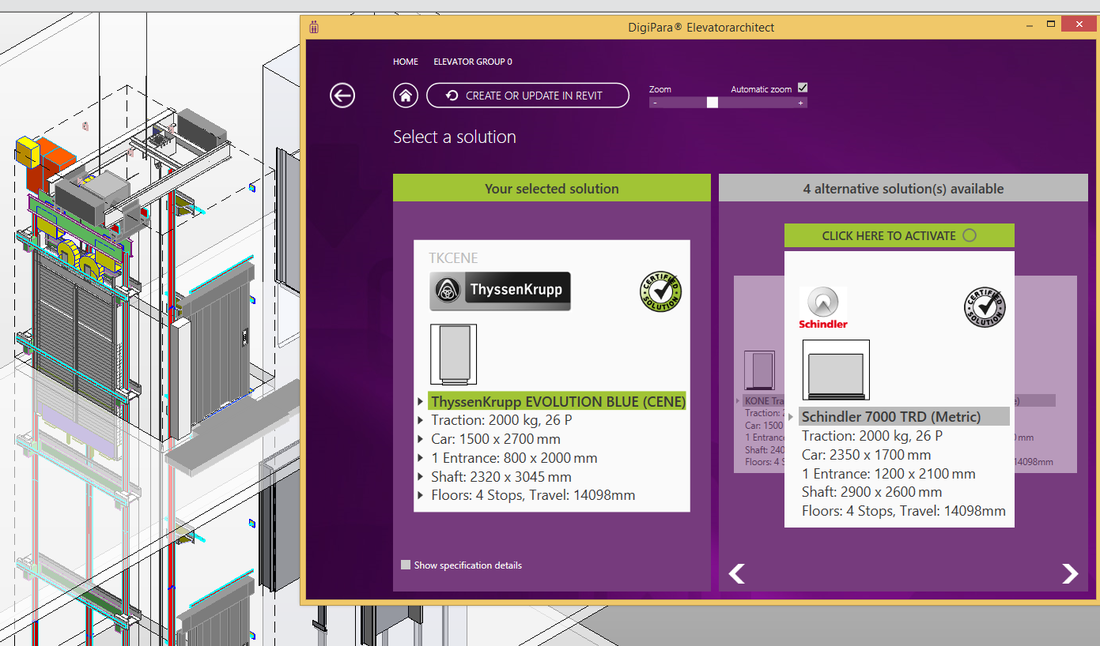
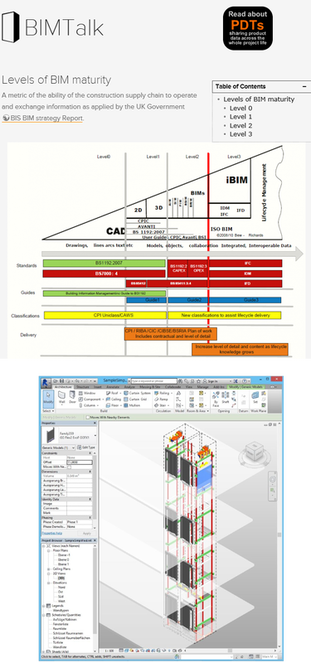

 Andreas Fleischmann is the owner and CEO of DigiPara. Since more than 20 years Andreas is a known expert for elevator BIM, drawings and elevator configurations.
Andreas Fleischmann is the owner and CEO of DigiPara. Since more than 20 years Andreas is a known expert for elevator BIM, drawings and elevator configurations.